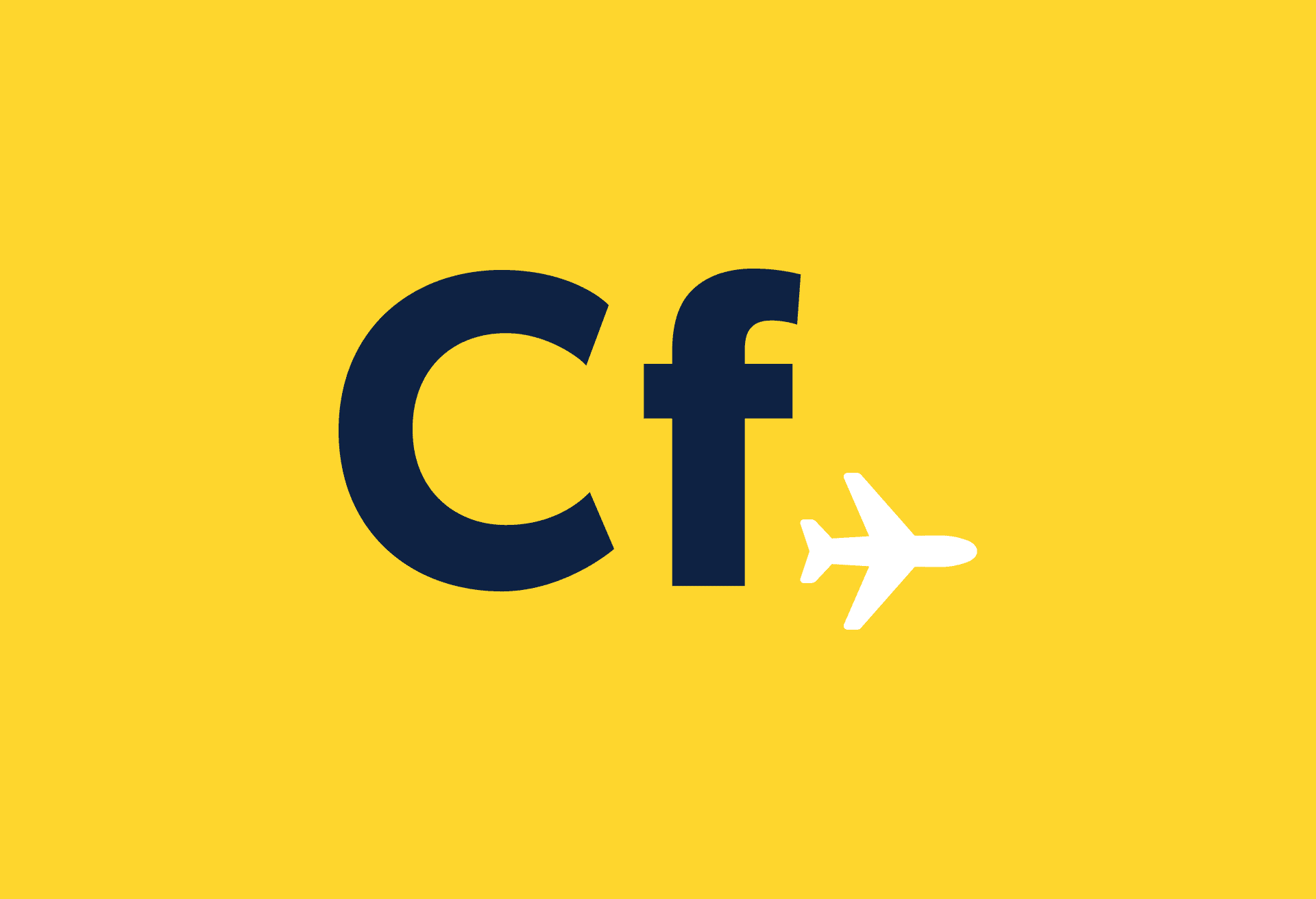Low-cost air carriers all over the world have made it possible for travellers to jet set for a lot less – some of the time. While a lot of the fares offered can seem like a steal, there are additional costs to watch out for that can often drive up prices. That’s not to say that you can’t snag some good deals via low-cost airlines, but it’s a good idea to be aware of what you’re getting into and how to avoid seeing what started out as a cheap fare become more costly than you’d like. With that in mind here’s our guide to flying on a low-cost carrier.
What is a low-cost air carrier?
Also known as budget or discount airlines, low-cost carriers are able to charge much lower fares than traditional airlines. That’s because all you’re paying for is the actual flight, as in getting from point A to point B. Everything else, from food and in-flight entertainment, to getting a boarding pass printed at the airport and even checking in, can cost money. Low-cost carriers also save money by using smaller, secondary airports that tend to be further away from city centres. Essentially, these airlines strip everything back to basics so ticket prices can be as low as possible. Any extra services are what is often referred to as “pay to play” meaning that if you want something, be it a blanket, something to eat or the option of choosing your seat, you’ll likely have to pay for it depending on who you’re flying with.
The upside though, is that if you can live without the majority of the extras, you may have a much better chance of keeping costs down and ending up with a fairly budget-friendly flight.
What to expect
Low-cost airlines are sometimes called no frills airlines since there aren’t many “frills” that come with your ticket price. Seats might be smaller than you’re used to and likely more tightly packed. And as we mentioned above, any extras you might be used to getting on a traditional airline (blankets, entertainment, food, etc.) need to be purchased. It’s also important to find out how far away that secondary airport is from where you’re going if your low-cost carrier of choice uses an alternate airport. A long taxi ride to the city or to the airport can significantly bump up the cost of your travels.
Do what you can online
Something else to consider with low-cost carriers is that it’s often cheaper to do whatever you can online, including booking your ticket (booking by phone can be more costly), order your meal in advance if you think you’ll want one and check in. Checking in online is often free, but it will likely cost you to do so at the airport.
Watch for hidden fees
The ultra-low price you see advertised isn’t going to be the one you end up paying, even if you don’t pay for extras like food and drink or entertainment. There are some fees to watch out for before you get your credit card out.
- Is the price you see quoted for a round trip cost or one way? Sometimes the cost of a return flight will be much heftier than the one-way price that first caught your eye.
- Is the tax included? Often, ticket prices are advertised without taxes and those can be hefty depending on the flight you’re hoping to take.
- Are you opting into services you don’t need? Before you click “buy now” make sure you’re not opting into services you don’t need. For example, you might need to unclick a box that says you want to purchase insurance (assuming you already have travel insurance). Make sure you carefully go over what you’ve agreed to before buying in case it’s something you don’t want or need.
Read the fine print
Know what you’re getting into before you book your flight in terms of terms and conditions of your ticket.
- Read up on check-in times, which can be earlier than traditional airlines. If you’re late you likely won’t get on the plane.
- Know what the weight limit and allotted dimensions are for carry-on baggage to avoid having to pay a fee for going over.
- Know what the cost of changing your ticket would be. Your fare might be non-changeable which means you’d need to buy a whole new ticket.
- Find out how much it’s going to cost you to check a bag or sporting equipment before committing to carting extra items with you.
All in all, flying on low-cost carriers can be a great way to travel and can be cheaper than flying with a traditional airline. Just make sure to factor in other fees and expenses to ensure you really are getting the best deal
Featured image: Luigi Rosa, Ryanair Boeing 737 at BGY via Flickr CC BY-SA 2.0


